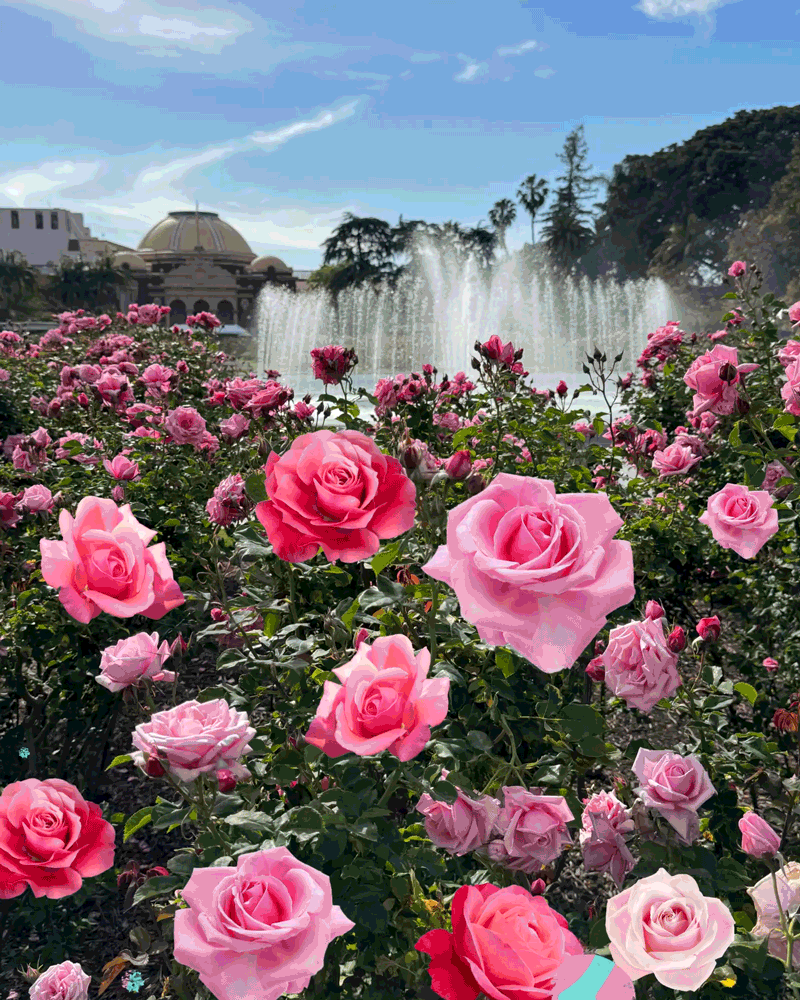DECEMBER GARDENING SPECIFICS
- Share via
This is bare-root rose season. Many showy flowering perennials have a dormant time when their growth slows down or appears to stop completely. It is during this somewhat inactive period that the plant can actually be dug up, pushed around a little and then relocated some weeks later. Rose bushes fall into this category of perennial.
This month, wholesale rose growers up north are digging up thousands of field-grown bushes, quickly cutting off the top growth, packaging them in redwood shavings and sending them off to retail nurseries all over the country. This is done without damage to the plant; in fact, planting a bare-root rose is a great way to get bushes established in the garden because they can adapt gradually to your particular microclimate. Buying bare root is also the most economical way to acquire roses. Here are some easy steps to help you select, plant and grow roses from bare root:
Choose a variety that will give you what you want out of a rose.
Hybrid teas are large to medium bushes that bear single roses on medium to long stems that are ideal as cut flowers. Grandifloras are usually tall bushes, not climbers, that bear single and cluster flowers on short, medium or long stems. Floribunda bushes typically grow lower with a more compact growth habit. The flowers appear in clusters on short stems and are not ideal for cutting. However, there are exceptions. Climbing roses can provide you with a flowering wall or spray of roses on an arbor or pergola.
Pick a bare-root plant that has at least three strong, healthy-looking canes with several swelled buds on each cane. Soak your plant in a bucket of water with vitamin B-1 for several hours before planting.
Dig a planting hole at least 18 inches wide by 18 inches deep. Save half of the existing soil and set it aside.
Prune off any roots that are dried, damaged, dead or too long to fit into the planting hole. Prune main root pieces to reveal white tissue. Prune the tip of each cane with a diagonal cut right above an outward facing bud that has swelled.
Using a mixture of half planting mix and half existing soil, make a mound in the planting hole. Place the crown of the roots over the top of the mound, spreading roots out in a natural fashion, making sure that the bud union (point of graft) is well above the soil line.
Backfill the hole with planting mix and make a 2-inch basin around the plant.
Place a hose at the base of the plant and give it a deep soaking with a slow stream of water.
During the cold months, water the plant every seven to 10 days depending on the weather and the type of soil in your garden. More frequent watering will be needed during warmer months.
Once new foliage appears over most of the plant, begin fertilizing every four to six weeks with a granular systemic rose food.
Source: Cristin Fusano, Horticulturist/merchandising coordinator, Roger’s Gardens.
AND GENERAL DECEMBER CARE TIPS
Apply 3 inches of mulch to flower beds, around shrubs and trees and the winter vegetable garden to enrich the soil and keep it from compacting when watered.
Delphinium and columbine can be planted now so they can establish their root system over the next few months.
It’s not too late to plant bulbs in a decorative container to give for Christmas. Try a combination of Dutch iris, paperwhite narcissus and bright yellow daffodils.
It’s too early to prune roses in California. Wait until after Christmas.
Plant crocus corms between stepping stones, tuck them into rock gardens or let them naturalize in drifts in your yard. They like sandy soil and good light, and they will bloom in the late fall through early spring. Crocus also do well in containers.
Consider a dwarf tree as a Christmas present. Plant it in a tub and add a big, bright bow. It will be appreciated now and in the years to come.
Living Christmas trees, available a local nurseries, have lived outside all their lives and need special consideration when you bring them inside. Seven days is the recommended maximum length of time indoors. Keep them well watered and in a location that gets good light. Avoid placing the tree close to a fireplace or heating outlet because the excess warmth can damage a live tree as easily as a cut one. After Christmas, remove all the decorations and clean off the foliage with a fine mist of water once you’ve moved it outdoors. Keep the tree in full shade for a week and gradually move it back into the full sun.
Source: California Assn. of Nurserymen.






